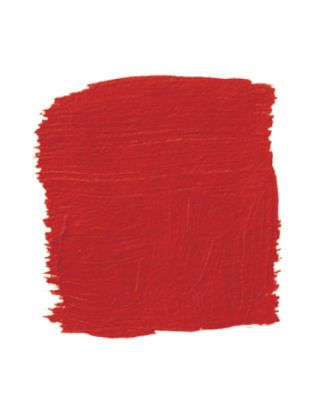

And depending on the black shade, you could make your red paint look warmer or cooler. So, keep that in mind if you want to make a bright yet dark red. Its hard to say exactly, since it is a custom mix closest thing available in the aftermarket is TCP Global Firethorn Red Pearl RSP UB2701 KIT-M. You’ll also make your red paint less bright when you add black. Likely a Porsche base with red pearl and metallic additive.

Its owner describes this paint as alternatively Kiln Red (Porsche) and Brick Red Pearl Metallic.

Ultramarine, burnt sienna or viridian will create interesting color mixes when introduced to red. A custom paint mix from a Firebird forum. With these few reds, a multitude of different reds can be achieved by the introduction of other colors which might tip the color bias a little more or temper the red. Other red pigments are worth exploring, such as alizarin and carmine. These are permanent rose and cadmium red. On the most basic level, I include just two reds in my palette, between them, producing cool reds and warm reds. There are a lot of red pigments which are not really necessary to the artist. Warm shades in red objects can be brought about by adding a little burnt sienna or ultramarine into the red mixture. Cool shadows in the red object can be created by mixing permanent rose and a little pthalo blue into the red mixture. This might be burnt umber, a little ultramarine or viridian. Shaded areas in poppies, for example can be expressed by introducing a little cool color into the red. A little green or green-blue will nudge the red into the realms of neutral colors which can be seen on misty horizons or in stone. Burnt umber is ideal for cooling down and tempering cadmium red to express (with a little white) shadows in sand dunes. Reds can be tempered with a little earth color. Flesh tint, Winsor orange and permanent magenta to name but three. Carmine has incredible tinting strength and requires the smallest amount in color mixtures.īut there are a lot of red pigments that are either superfluous (as the aforementioned provide color mixes they provide) or are redundant. Alizarin is almost blood-like in appearance and adds depth to any color mixture. These reds have high tinting strength and are ideal for use in oil painting glazes, to increase color saturation of the color beneath. Other red pigments are worth exploring such as alizarin crimson, carmine red and quinacridone. This red being biased towards yellow is the ideal component for mixing orange or gold colors. Permanent rose, therefore is a good hue to use for cool reds.Ī useful warm red can be found in a few oil pigments which might be cadmium red, scarlet lake or cadmium scarlet. Ultramarine blue, being biased towards red, would result in a clean violet color. Permanent rose is a sharp, almost acidic hue, and which therefore is the ideal component for mixing violet colors. As with any other color, there are two chromatic directions this ‘primary red’ can go, and that is warm or cool.


 0 kommentar(er)
0 kommentar(er)
